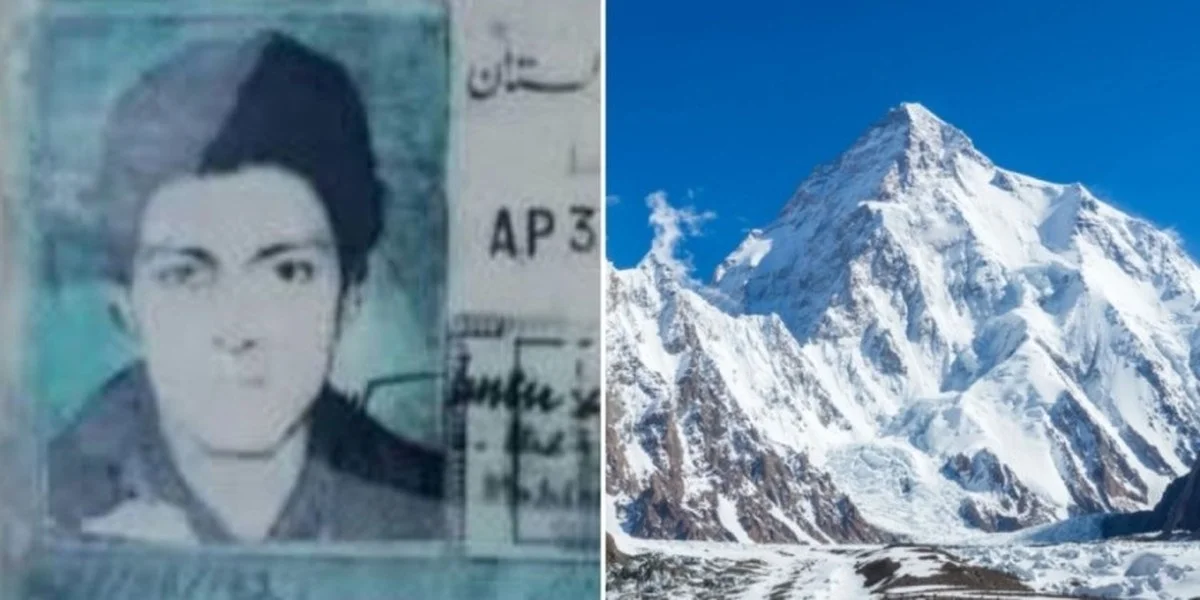12/08/2025
12/08/2025

KOHISTAN, Pakistan, Aug 12: The body of a man who went missing nearly three decades ago has been discovered perfectly preserved in ice, bringing closure to a painful chapter for his family and highlighting the ongoing impact of climate change on glacial regions.
Naseeruddin, a 31-year-old man from northern Pakistan, vanished in June 1997 while traveling through the Supat Valley in the mountainous Kohistan region. He was believed to have disappeared inside an ice cave. Despite tireless efforts by his family, including repeated visits to the area, no trace of him was ever found—until now.
On July 31, 2025, a local shepherd named Omar Khan made a shocking discovery while passing through the same valley: the frozen body of Naseeruddin, still wearing his clothes and carrying an identity card.
“What I saw was unbelievable,” Khan told BBC Urdu. “The body was intact. The clothes were not even torn.”
Naseeruddin's body had remained preserved in glacial ice for 28 years. Experts say the body likely underwent rapid freezing, which helped mummify it by preventing exposure to oxygen and moisture—conditions that slow decomposition.
His nephew, Malik Ubaid, spoke of the family’s decades-long search: “Our family left no stone unturned to trace him over the years. Our uncles and cousins visited the glacier several times... but eventually gave up as it wasn’t possible.” He added, “Finally, we have got some relief after the recovery of his dead body.”
Pakistan is home to nearly 7,000 glaciers, the most of any country outside the polar regions. But like many glaciers worldwide, these ice masses are receding due to global warming. In northern Pakistan, reduced snowfall and increased sunlight have accelerated melting, leading to discoveries like Naseeruddin’s.
Glaciers act as natural time capsules, preserving not only climatic data in their ice cores but sometimes bodies and artifacts from long ago. Similar discoveries have been made globally—most notably the 1991 unearthing of Ötzi the Iceman in the Italian Alps, who was found with soft tissues and internal organs intact, offering a rare glimpse into life in Neolithic Europe.
Though glacial preservation can maintain soft tissue for extended periods, it does not halt decomposition entirely, unlike laboratory cryogenic freezing. Bodies recovered from icy environments—such as World War I soldiers found in the Alps or mountaineers on Everest—often show signs of dehydration and decay.
Naseeruddin’s tragic end echoes that of many explorers and climbers who perish in harsh, high-altitude environments. As glaciers retreat further under the pressure of climate change, more such discoveries—some tragic, others historically valuable—are expected to emerge from the melting ice.


